Rock climbing is an activity in which participants climb up, down or across natural rock formations or artificial rock walls. The goal is to reach the summit of a formation or the endpoint of a pre-defined route without falling. Rock climbing is a physically and mentally demanding sport, one that often tests a climber’s strength, endurance, agility and balance along with mental control. It can be a dangerous sport and knowledge of proper climbing techniques and usage of specialized climbing equipment is crucial for the safe completion of routes. Because of the wide range and variety of rock formations around the world, rock climbing has been separated into several different styles and sub-disciplines.
What is indoor climbing?
Indoor climbing refers to any type of rock climbing that occurs within the confines of a building or other structure, usually on specially constructed fake rock walls. This allows climbers to climb no matter the time of day or condition of weather. Indoor climbing is often used for improving climbing skills and techniques, as well as for general exercise.
Rock climbing is the sport or activity of climbing rock faces, especially with the aid of ropes and special equipment. The concept is to reach an end point, or a summit, of a rock face or structure. This can be done with specific equipment, depending on the difficulty and severity of the climb.
It is a physically demanding sport that combines fitness and agility with the mental fortitude required to conquer an ascension or traverse. It can be perilous, but that is often considered a positive aspect of the adventure.
There are many types of rock found all over the world, from igneous (granite) to sedimentary (limestone and sandstone) to metamorphic (gneiss). Some courses and routes are built on artificial walls, as well.
What Are the Types of Rock Climbing?
Bouldering
Bouldering is a basic form of climbing that can be done indoors and outdoors. Using short movements without harnesses or ropes, the climber moves over small rocks or boulders. It normally features routes with a shorter height, but still has many complex and challenging routes.
Often the only equipment is a cushion or pad placed below the climb in case of a fall, and chalk and climbing shoes will aid in gripping the wall. It can be done solo or with a spotter.
Sport Climbing
Sport climbing, while possible to do indoors, is mostly enjoyed outside. With the assistance of a partner (or belayer) holding a rope, the climber ascends a bolted and established rock face using a harness, ropes, and a belay system.
The routes in this type of climb are higher, and therefore require more safety equipment. Along with the belay, rope, and harness, the equipment also includes a helmet, chalk, climbing shoes, slings, and quick draws.
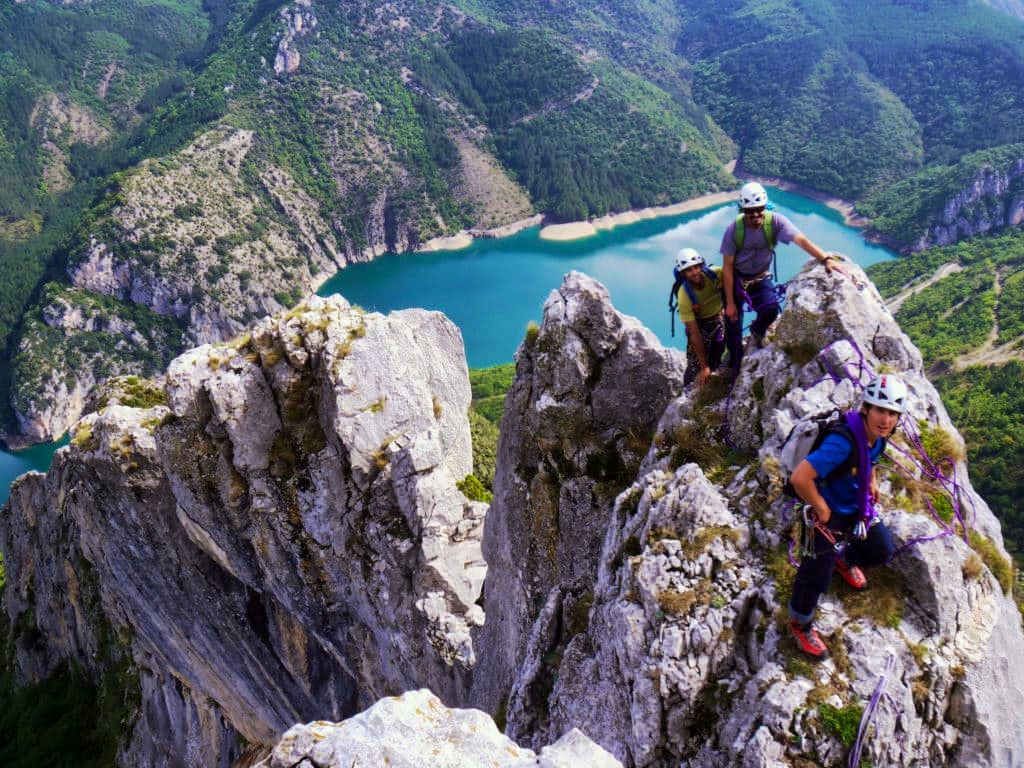
There are two types of routes: single-pitch and multi-pitch. Single-pitch climbing allows the climber to ascend and then descend with the help of the belayer. Multi-pitch climbing is comprised of more than one of these levels.
Sport climbing includes top-rope climbing and lead climbing. Top rope involves placing an anchor rope at the top of the route to run the climbing rope through. Lead climbing involves a lead climber ascending and setting up the quickdraws along the rock.
Trad Climbing
Trad climbing is similar to sport climbing, but the bolts have not been secured in the climbing route. This requires placing bolts along the rock wall, and as the climb is finished, all of the equipment must be removed from the wall. Nuts and camming devices must be carried along with the climber.
This is a more difficult style of climbing, as climbers must find the route and secure the equipment on their own.
Dry Tooling
Dry tooling involves placing ice axes into the wall as you ascend the rock, with the assistance of crampons in place of climbing shoes. It includes ropes, harnesses, and the equipment used for sport climbing. The damage that this type of climbing can do to the rock has made it a more controversial style.
Big Wall Climbing
Big wall climbing utilizes long multi-pitch routes along vertical rock, which often necessitates more than one day. The thrill of sleeping on the side of a rock wall makes this an attractive type of rock climbing.
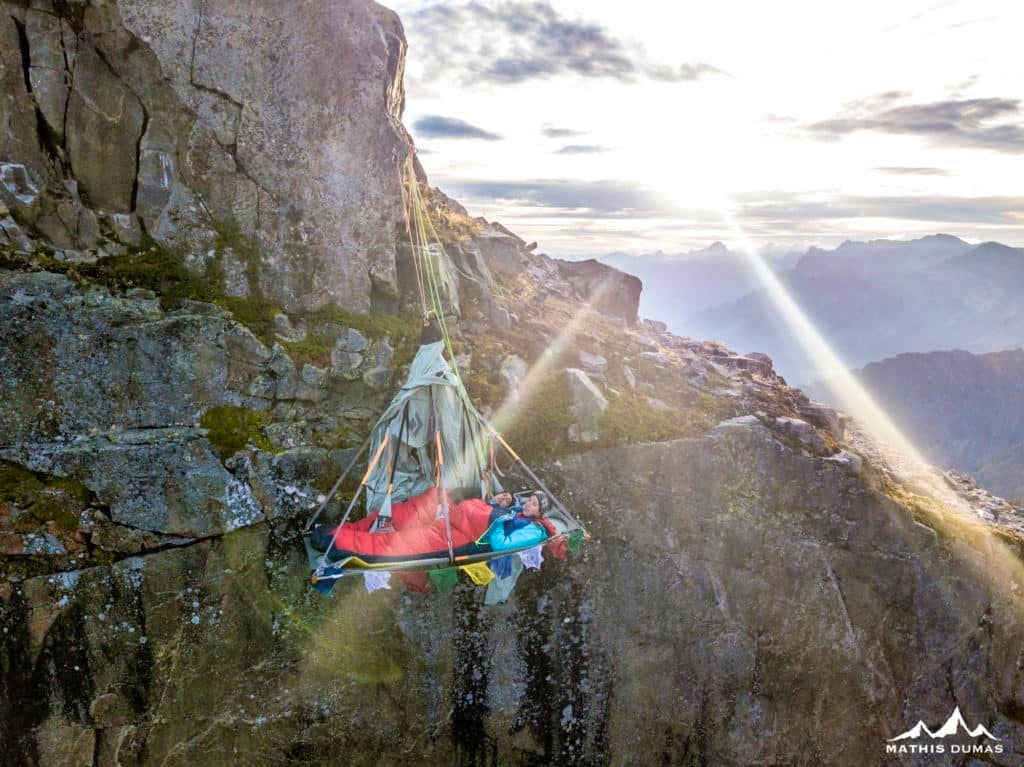
Aid climbing is the technique of placing removable equipment along the rock, and then attaching a webbing ladder to it to climb. This is repeated along the route, and is associated with big wall climbing.
Alpine Climbing
Alpine climbing involves ascending to a summit or peak. Similar to mountaineering, it includes climbing over rock, ice, and snow, and perhaps traversing glaciers with a higher technical level.
When Is the Best Time to Go Rock Climbing?
For outdoor climbing, a neutral climate is ideal, and spring, summer, and fall offer the best weather. Extreme weather makes it difficult to safely and successfully complete a route or climb.
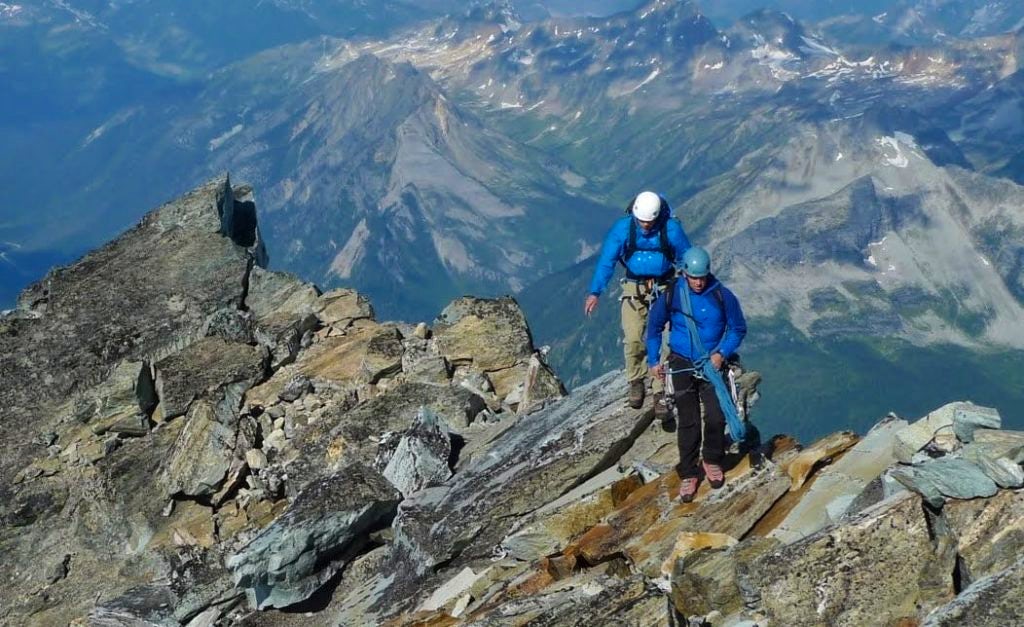
In the height of summer, some surfaces retain heat and make it difficult to climb, while in winter the cold can hinder a climber´s ability to proceed up or across a surface.
But, honestly, EVERY time is the best time to rock climb! Thanks to the abundance of indoor gyms dedicated to the sport, and the natural geoformations and eclectic landscapes all over the world, you can easily find a place to climb near you all year round.
What Equipment Do You Need?
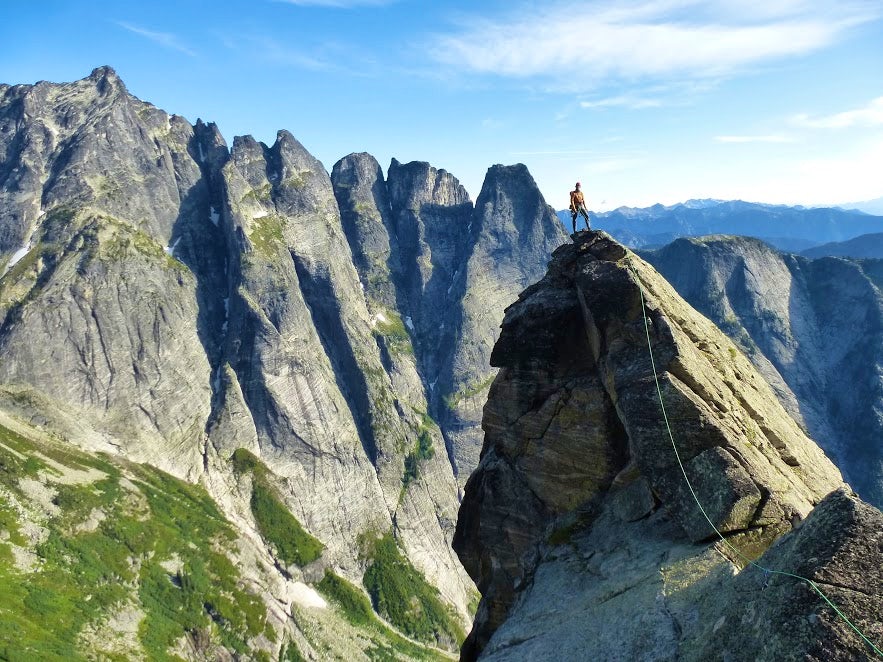
It depends on the form of climbing, but general equipment includes:
- Harness
- Rope(s)
- Belay System
- Helmet
- Chalk
- Climbing Shoes
- Slings
- Quick Draws
- Nuts and Camming Devices
- Ice Axes
- Crampons
Every trip is different, and certain equipment can be rented or will be provided. Others may require climbers to provide their own gear. Sometimes certain routes will call for specific items, depending on the setting and circumstances.
Why Should You Hire A Guide?
Hiring a guide is a great way to progress your skills, depending on what your goals are. When you have a guide, you are capable of undertaking a more challenging route and increase your experience on the rock.
You can also benefit from the guide´s expertise in the local area. They can get you access and insight into a specific region, efficiently using your time so you get the most out of your experience. And, of course, a guide will enhance the overall safety of a program.
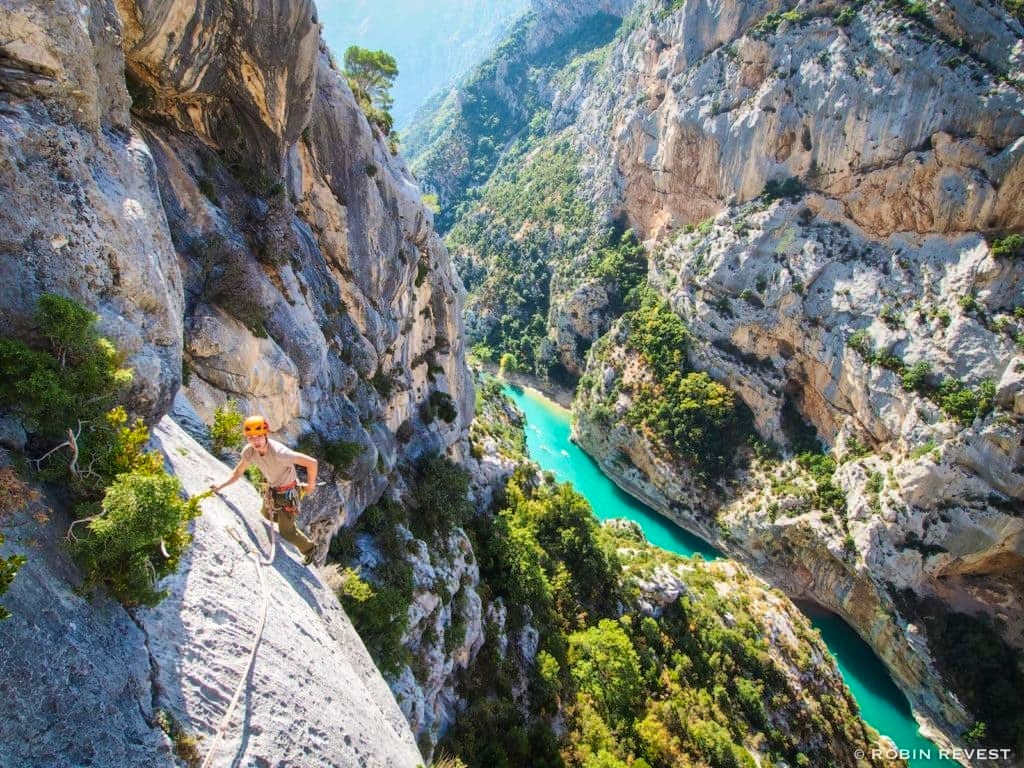
The World´s 10 Best Spots to Practice Rock Climbing
1. Chamonix – Mont Blanc (France): Mont Blanc is the tallest mountain in western Europe, and the Chamonix Valley at its base is full of gneiss and granite slabs just waiting to be climbed.
2. Yosemite National Park (USA): Yosemite is a renowned destination in the United States with impeccable granite. There are great rock faces for every level of climber.
3. Catalonia / Catalan Pyrenees (Spain): Home to the ¨birthplace¨ of Spanish rock climbing, Catalonia has a great array of climbs. Montserrat is a perfect place to start a sedimentary climb!
4. Chile: If you want big wall climbing, you should explore Cochamo Valley! An incredible South American destination with exciting granite routes for adventurous climbers.
Another great destination – El Chalten, Argentina – isn´t too far off, either….
5. Paklenica National Park (Croatia): An intriguing and satisfying spot, Paklenica has limestone that provides excellent ascents. There are multi-day routes and levels for everyone here!
6. Kalymnos (Greece): Greece, and Kalymnos specifically, are climbing destinations for rock lovers. Could you imagine a better spot for this sport than in the middle of the Mediterranean? Neither could I.
7. Thailand: The Thai culture brings this climbing Mecca to life, and having a guide take you across the unique limestone is truly incredible.
8. British Columbia (Canada): Loaded with igneous surfaces and wilderness views, the climbs in western Canada are unlike any other. Whether you are in the Coast Mountains or the Rockies, among other great locations, you can find your dream program.
9. Verdon Gorges (France): Pillars and long walls make this spot an absolute must for rock climbers. The limestone is more than attractive, and you can´t help but answer the call to visit these famous routes.
10. Sardinia (Italy): This beautiful island packs quite a climbing punch! You wanted to climb out of the Mediterranean onto an iconic stack? We can do that!
For anyone who had more interest in alpine climbing, perhaps you would be interested in learning more about the wide world of mountaineering!

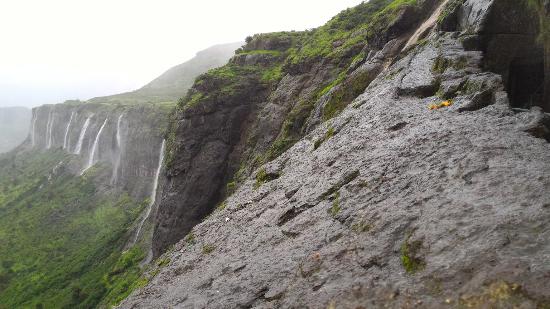

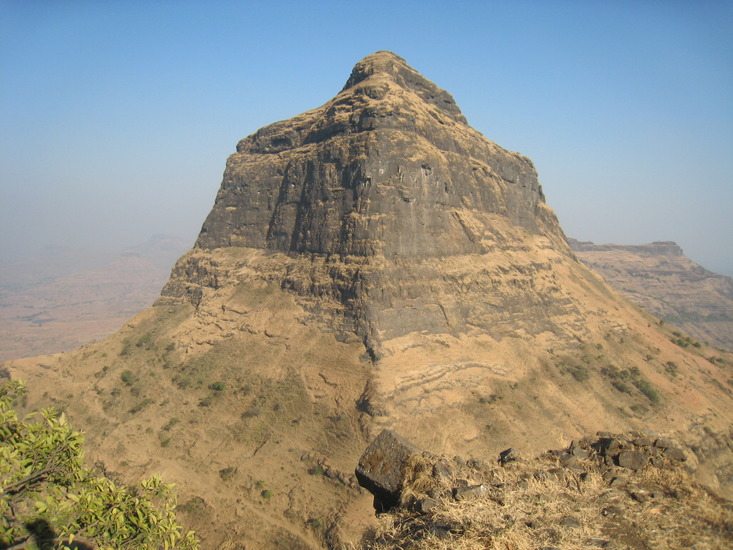
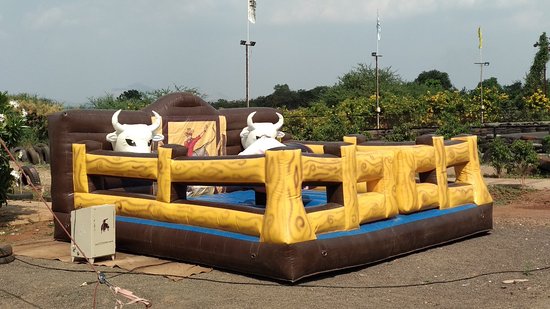
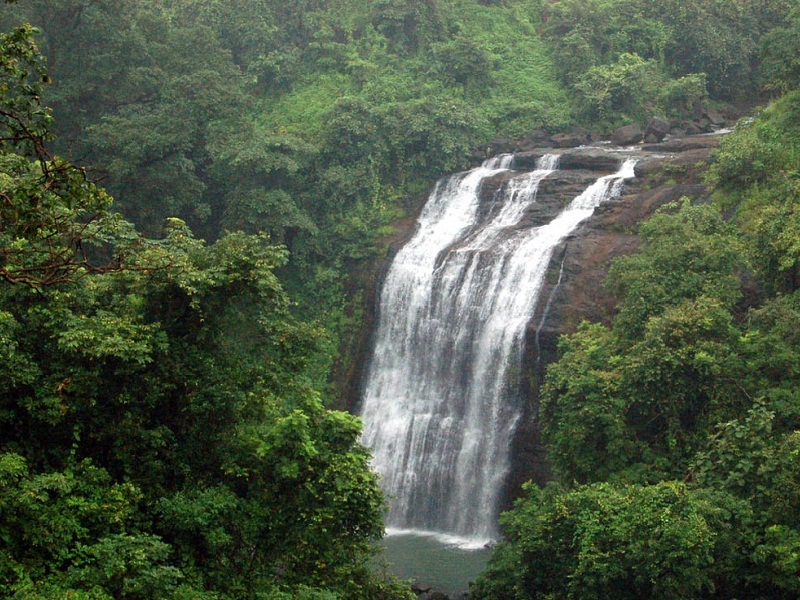
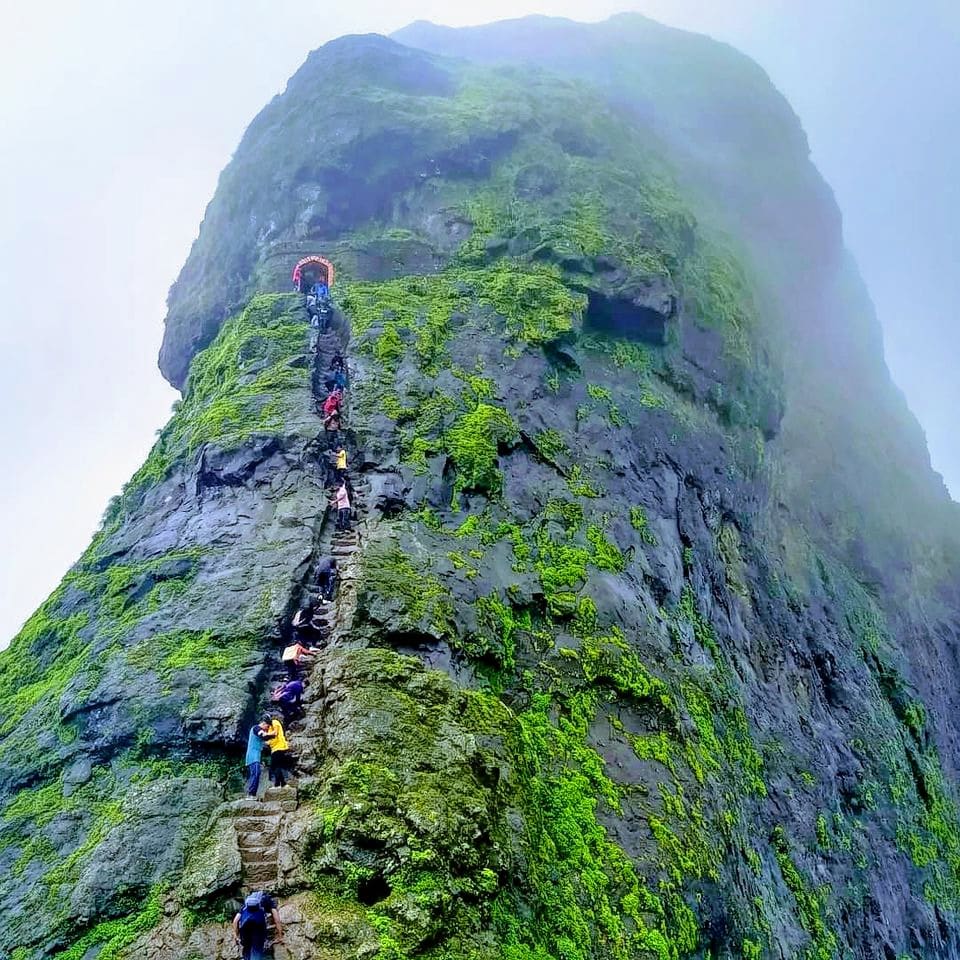
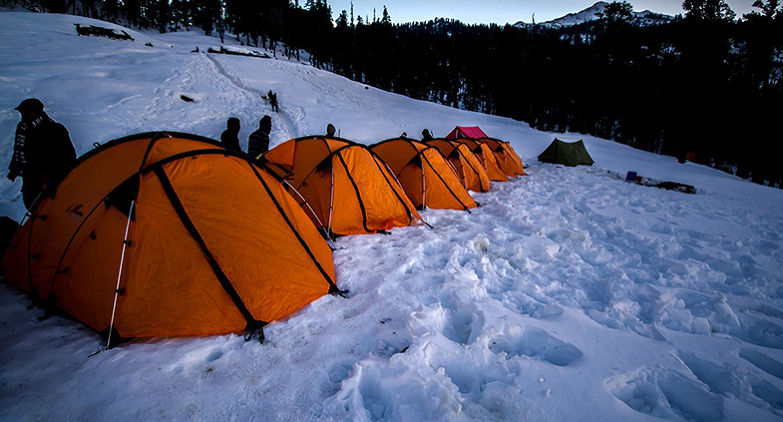
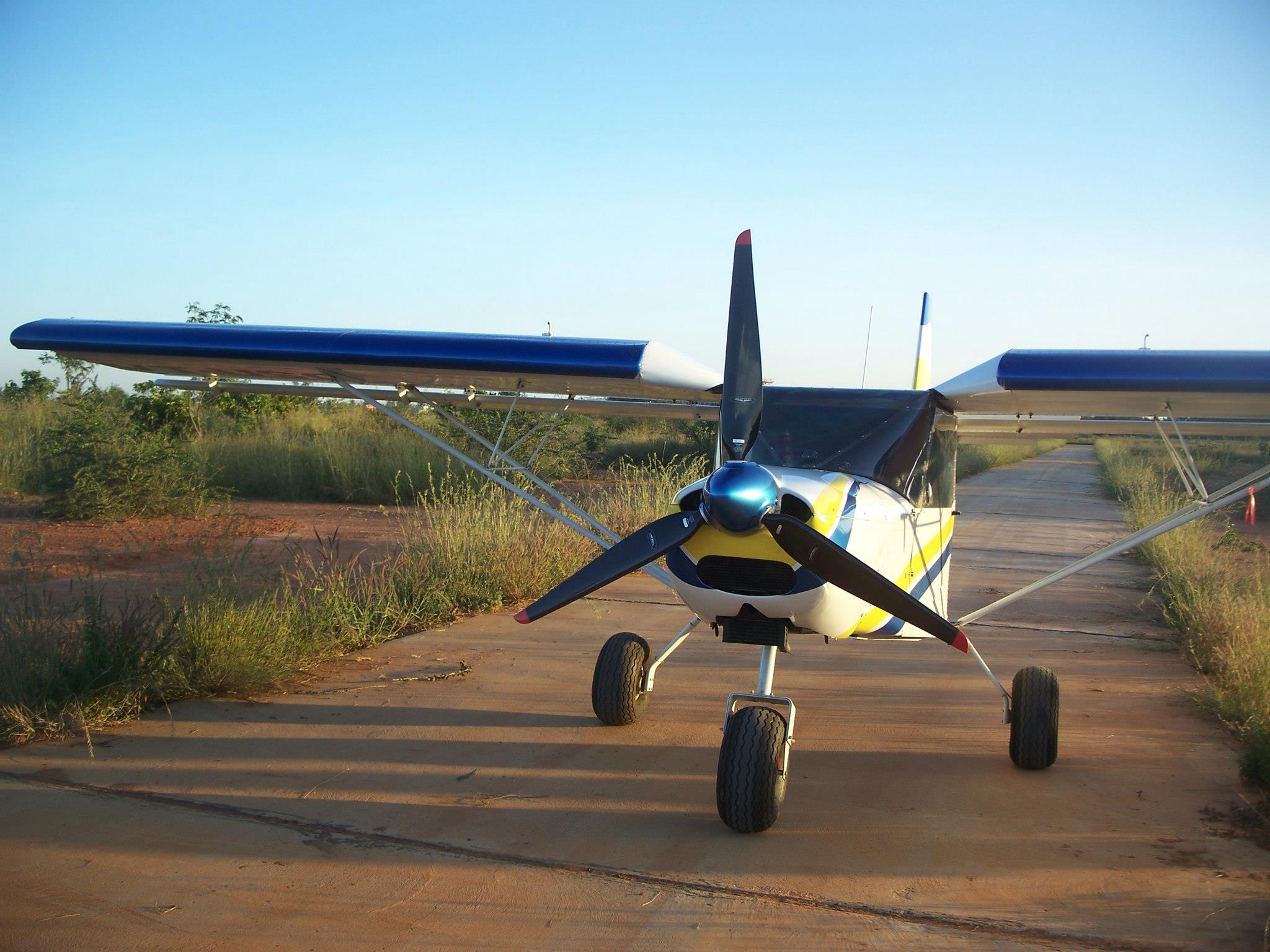
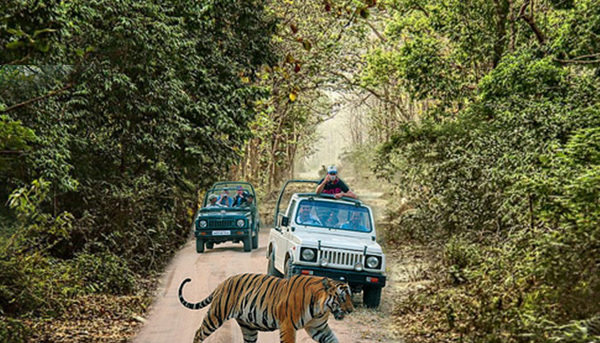



1 Comment
Comments are closed.